I’m Tiffany Wu, and this is my third week at the University of Houston working on my chemistry research project under the guidance of Professor Baldelli. Progress was much slower this week, and it consisted of adding some final features to my program and gathering data from the ellipsometer using an example film to see if the data I collect is reliable.
On Monday and Tuesday, I was developing a GUI for one of the features that Professor Baldelli had wanted me to add to the interface, which was a toggleable button that when pressed, could send a signal to the Arduino to run a code that would output a voltage strong enough to power a relay. The relay would be connected to a circuit that would power the movement of the quarter wave plate on the ellipsometer. The quarter wave plate is used to turn linearly polarized light into elliptically polarized light and vice versa. This changes the phase shift of the electromagnetic waves, producing a different state of polarization and can yield different data than analysis with the absence of the quarter wave plate. Since the quarter wave plate on the ellipsometer in the lab can be moved both manually and electronically, Professor Baldelli wanted me to make an interface that would allow for the wave plate to be moved back and forth with a voltage output from the Arduino that could be turned on and off. After struggling to find a way to make the GUI, I finally made a simple two button window using a different programming software called Processing. Since the Arduino itself didn’t have a designable interface, I used Processing to connect the code from Arduino to a GUI. However, like many things in research, they don’t always go to plan, and because I was using two different programs, Processing and Coolterm (used to save my serial data with the stop and run), the serial port I was using to connect the Arduino Board to the laptop, could not connect to multiple programs at once. So, I had to simplify the code and split it into two separate Arduino sketches, replicating what I had made on Processing, but in a much more disorganized way. Although all the time I spent on those two days were practically wasted, it was good to have the code for the buttons made so I could find a way to fully connect all the functions of my interface to Processing in the future. But for now, I had all of the necessary components and I could begin analyzing some films.
On Wednesday, I started off with an oxide film that was on a silicon substrate. Professor Baldelli wanted me to start off with this film instead of the ITO ones Saida began to produce this week because we already knew the thickness of the silicon films, and he wanted to see if the data I could collect from my program would be accurate. After collecting the serial data from the ellipsometer, I imported the .txt file into a graphing software and spent the rest of the day messing around with the software and familiarizing myself with the data I collected. On Thursday, I understood what I was looking for in my data and began to delete the rows of information that I did not need. I eventually isolated it to one reference pules cycle which made it easier to see on the graph. I sent my graph and data to Professor Baldelli so he could begin to plug it in to the equations we are using to analyze and see if the data can yield positive results. If it proves to be successful, he will show me his process and calculations to determine the film thickness.
Friday and Saturday were spent researching ways to make the data analysis and plot more efficient by changing the range of the x axis. Unfortunately, due to the limitations of the software, I could not manage to do this, and I used the rest of my week to go back to my work on Monday and try to make one complete interface. Although I found some ideas that could possibly work, there are still some problems I need to find a work around for.
After fitting the data to the equations, Professor Baldelli told me that the method we are using and the information we are getting has a fairly good chance of yielding what we want, so next week I plan on carrying out a precise and actual test of the example film with the proper calibrations, so that we can have a proper determination of the thickness.
Last Sunday, my roommates and I went to the Houston Museum of Natural Science and their butterfly garden. They had a vast variety of exhibits and it was an amazing experience to see so many butterflies gathered in one area.

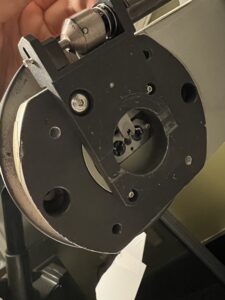
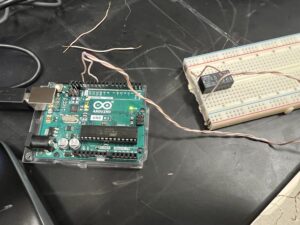
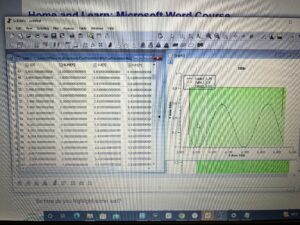
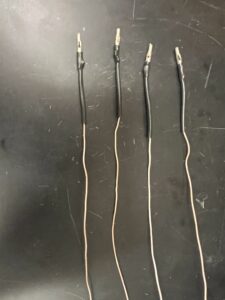
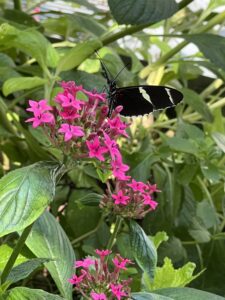
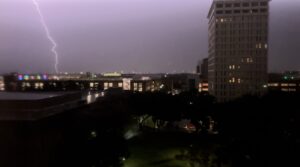 .
.
There are no comments published yet.